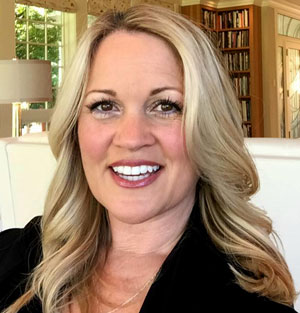What’s the latest, lasting trend in Southwest Washington real estate and development? An idea that’s been around for centuries! We’re calling it “new urbanism” these days, and what it really is, is a return to the not-so-crazy notion that people want the ability to live, work and play in convenient settings, without having to travel miles and miles to do it. And while urbanism, historically, has meant high-density living in sometimes very loud and fast-paced environments, new urbanism is taking hold across the country in a wide variety of ways. Residents looking for high-density urban living can find it in downtown Vancouver and new developments like the forthcoming waterfront. At the same time, residents who want similar conveniences but a bit more space can find it in planned communities which offer multiple residential options integrated with mixed-use and commercial, such as Camas’s Village and Parklands, which are both different residential developments that will connect through the commercial Archery District at the center.
Until the middle of the 20th Century and the rise of the automobile, towns and neighborhoods were organized around walkable, mixed-use neighborhoods. Of course, they didn’t call them “mixed-use,” they just called them “town.” And in larger communities where mass transit also developed, the boundaries extended but the general ethic of living, working and playing in the same space remained. It wasn’t until the personal car became nearly ubiquitous that this notion of convenient living started to break down. Cars made it possible for men and women to work much farther from the home, which led to rapid suburban development. Here in Clark County, we saw much of that suburban growth. New roads allowed previously inconvenient areas of the county to open up for residential use, and our population spread out.
However, while suburbanism has its attractive points, humans are social animals. We have come full-circle, starting to recognize that we’d rather spend that car-time with friends and family. Nationwide and here locally, many residents are seeking a return to the urban center – a live/work/play environment where you can spend your time engaging with life, not sitting in traffic. And here in Clark County, we are seeing new urbanism take shape not as a re-creation of urban hustle and bustle, but as intentionally-designed communities that strive to meet the needs of their residents in their own unique ways.
One of the most widely-known and talked-about developments in Southwest Washington right now is the Vancouver Waterfront project. This multi-use development currently under construction by Gramor Development will be the epitome of new urbanism, with dining and shops, apartments and condos, and a beautiful, well-equipped city park as its front yard. Just steps away from downtown Vancouver, this development will be ultimately walkable, connected to public transit, and offer not just housing, but jobs and commercial opportunities as well.
On the other side of the county, the City of Camas and local developers have made extensive investments in new urban projects that range from centrally-located apartments and townhomes to luxury golf-course Parade of Homes-level sites that, even as they offer large lots and the escape of privacy, are centered around mini-downtowns that feature dining and shopping, with commercial developments nearby for offices. In the “new” urbanism, we are seeing both a return to the cities and a creation of new urban centers that meet the needs of smaller groups.
Camas Mayor Scott Higgins says that Camas has embraced this kind of development because “That’s what a lot of people are looking for: options. That’s one thing the projects in Camas will show,” he said. “The option to own a home or a condo, the option to rent, the option to work next to where you’re living, the option to shop, eat and always remain connected to the natural environment.”
Similarly, Waterfront developer Barry Cain of Gramor said, “Not only will the people who will live on the waterfront and in downtown Vancouver enjoy this new urban center… people will flock to Vancouver’s waterfront as a destination for generations to come.”
New urban centers in Clark County don’t just serve the people who live there — they will serve the entire community and visitors, as well.
People have been gathering together in clusters and nodes for as long as we have existed, so it’s no surprise that after a brief step away to the suburbs, we are starting to see a return to central community gathering spaces. What’s exciting about this direction is how well it can modify for every city and town. Those who want to live in a rural atmosphere can, and those who want to live in a bustling downtown core can do that, as well. And for the large majority of people who want something in between, that option is finally starting to become more of a reality here in Southwest Washington.
Heather DeFord is a broker and CLHMS with The Heather DeFord Group of Cascade Sotheby’s International Realty. For more info, visit www.TheHeatherDeFordGroup.com.






